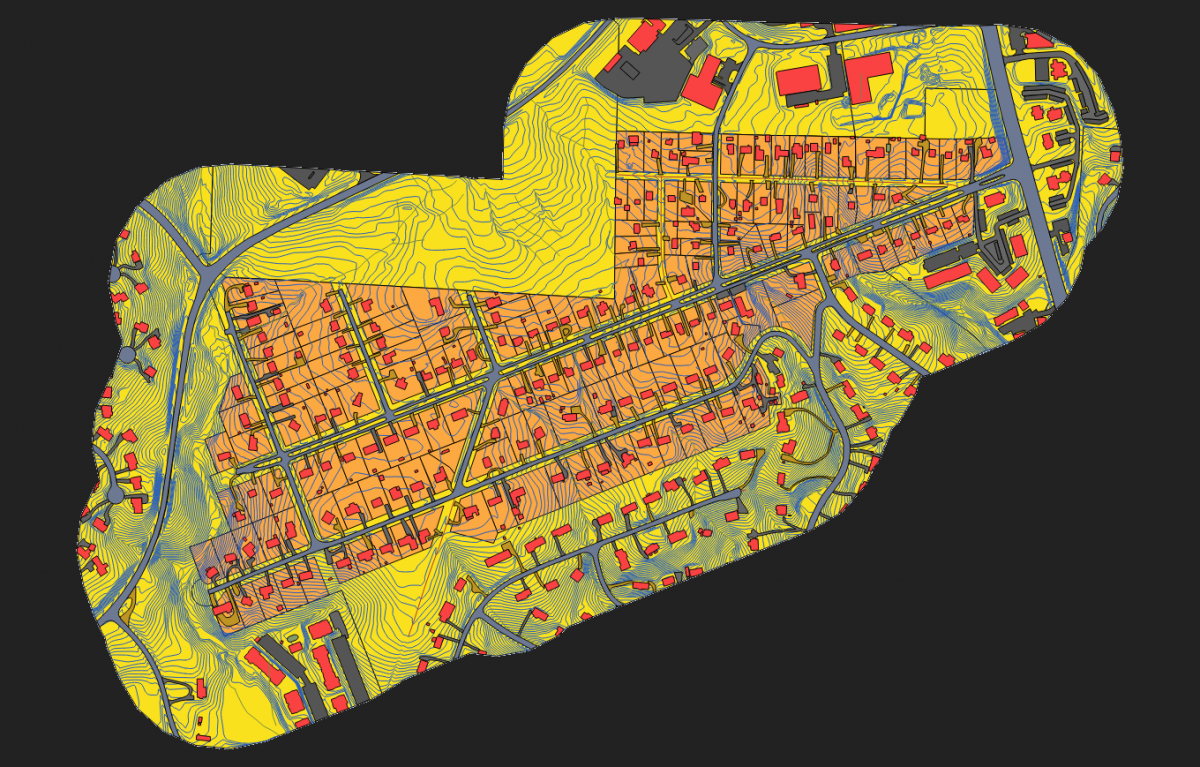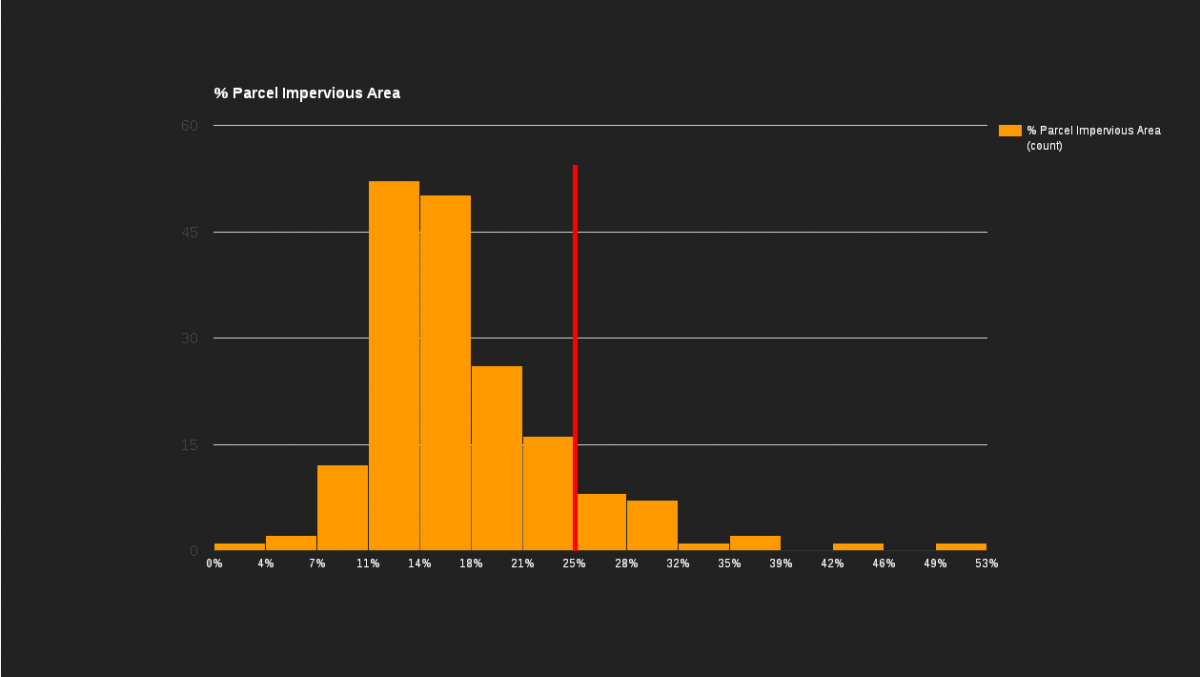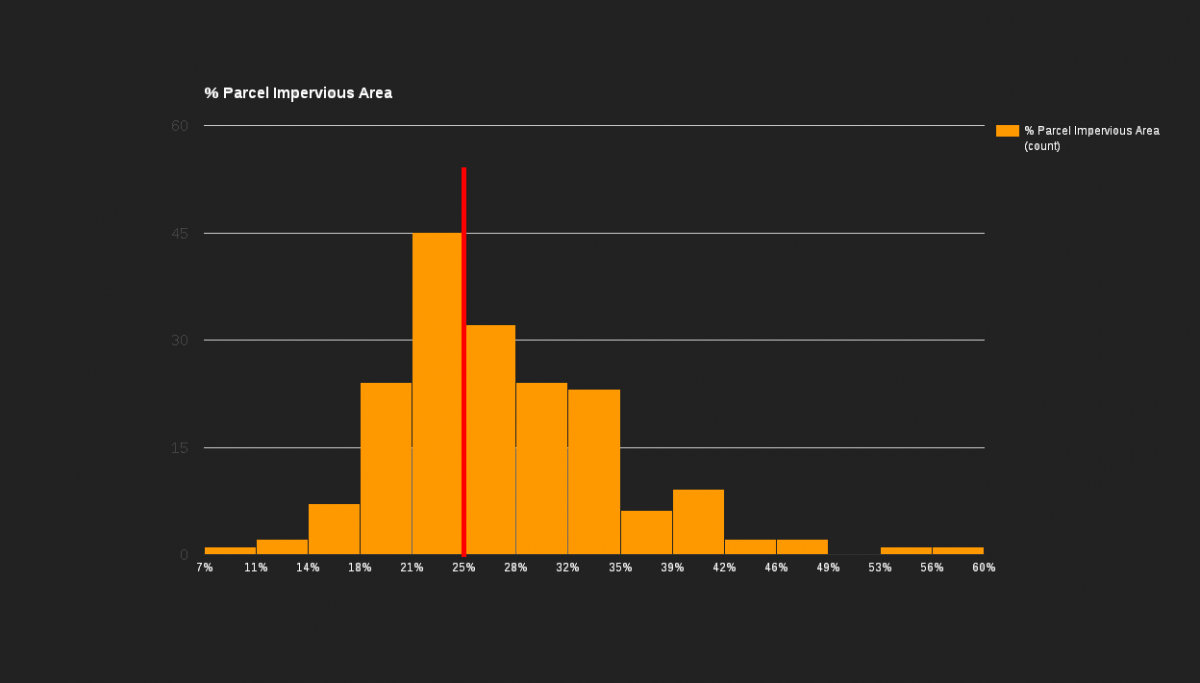It seems like a cornerstone assumption of any democratic process that the more people who are involved, the better. I absolutely believe this. Whether it’s registering voters, encouraging people to volunteer for town boards, making avenues for giving public input easier, or asking whose voice is missing from the table any time a group of people are gathered, we all have a role to play in increasing the quantity and diversity of people who are involved in making decisions.
But I’ve been thinking a lot lately about how to increase the quality, not just the quantity, of public input in decision-making processes. And I don’t mean berating ordinary citizens for not being public policy experts. Far from it. The responsibility to help people make better decisions sits with those people asking for the input to begin with. And in the case of local governments, the responsibility sits with the governing bodies, and by extension, the staffs, who are managing public input processes.
Neighborhood Conservation Districts
The particular context that has taken up a good portion of my focus in Chapel Hill recently has been the Neighborhood Conservation District (NCD) process in my own neighborhood of Elkin Hills.
I won’t give the full background here, but the short version is not that dissimilar from the nine neighborhoods who came before us in requesting an NCD. That is, some residents have become increasingly concerned with the type of change they have seen in their neighborhood, and turned to NCD, an overlay zoning district, as a potential solution for making growth and change more predictable. Whether or not an NCD, or for that matter any type of zoning process, is the right kind of tool for alleviating neighbor’s concerns is a discussion for a different day.
What is important, however, is that residents can come into the process being as informed as possible without requiring them to become experts in zoning terminology, town ordinance, state law, geographic information systems, or any number of other topics just to understand what they have now, and what they would have if changes were made.
The great news is that the tools, and much of the data, to provide residents with a better understanding of their own neighborhood are available now. But we have got to find ways to make it more easily consumable. For that, I would suggest that data visualization is our friend.
The Data
It’s sometimes surprisingly hard to answer basic questions unless you’re an expert with data tools. Some of the things that would have been great to know as we entered our NCD process in Elkin Hills included:
-
How many houses do not conform to existing zoning regulations?
-
What sizes, setbacks, and other dimensional standards do the houses in our neighborhood occupy? What is the range, mean, and median?
-
How much space do properties in our neighborhood have to develop under existing regulations?
And as we started to make proposals for changes to dimensional standards, it was surprisingly difficult to determine:
-
How many existing houses and properties will be affected?
-
How these changes affect future development on any given lot?
-
Will these changes prevent the kinds of development which some residents indicate that they don’t want to see?
The data is available to answer many of these questions with some number crunching. Let me offer two examples of what could exist, but doesn’t.
First, a detailed map of the neighborhood, providing dimensional data for each lot and the structures it contains. Orange County GIS, combined with data from the Town of Chapel Hill, and other sources like USDA soil maps, could be easily turned into an interactive online map so that residents can easily look up their own property and see how it fits into both existing rules and proposed rules, as well as seeing how potential changes would affect their neighbors.

For less geographically-oriented questions, any number of charts could make data presentation easier. Take this example: What would happen to the amount of impervious surface which properties require if each homeowner opted to add a 750 square foot accessory dwelling unit with a driveway occupying roughly the same space going to it? Here's a graph of the distribtuion of properties that our neighborhood has today:

Versus a graph of what would exist if the change were made:

The point here isn't either of these arbitrarily chosen visualization examples, it's that things like this make it much easier for citizens to understand what is being proposed and to give more valuable feedback on it. And kudos to the town staff who have started us down the road of getting better data visualization. Your work is not unnoticed, nor unappreciated. The point here is we need 1) more high-quality data presentations 2) sooner in most of our public processes 3) online, in an easy-to-consume format and 4) with bonus points for making it interactive so that citizens can try out their own ideas and conjectures.
Making it Happen
So how do get our local governments to do this kind of thing? This is the tricky part. The data is there. The software is open source and freely available. We have people who understand it. And we have lots of eager citizens who seem willing to volunteer if only we could connect the right skills with the right projects.
There are two approaches - top down, and bottom up - and rather than picking a side, I’m going to suggest we need both.
We need citizens to step up, start playing with the data that’s out there, putting their creations on GitHub or even just on the web at all. We could stand to follow in the footsteps of our neighbors across the rest of the Triangle by starting a Code for America Brigade like Durham, Raleigh, and Cary. At CityCamp NC this week, where I am giving a short talk on this same subject, I hope to see Chapel Hill, Carrboro, and Orange County well represented so that we can learn from other communities who are doing some really interesting work in this space.
And we need real leadership on technology from our elected officials. We can’t say that we want to be a modern community which meets our citizens where they are if we aren’t thinking about the ways that they can better use technology to interact with their local governments. Civic tech can be cheap, but it isn’t free. We need staff to feel empowered to spend time learning the tools necessary to best do their job in twenty-first century way, and more likely than not, we need to bring on new staff or fund partnerships with consultants and/or nonprofits to help make some of what’s possible a reality.


